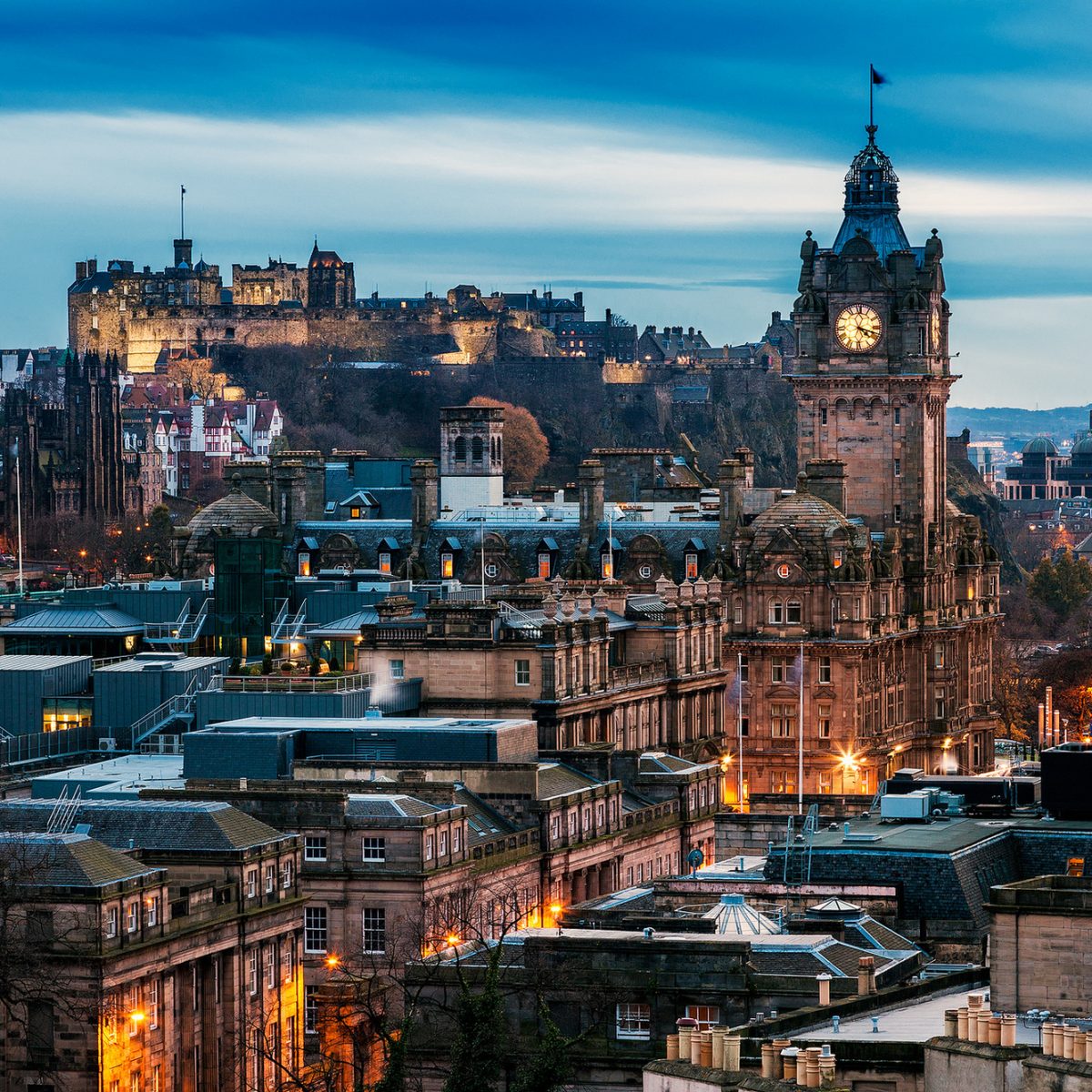The architecture of Scottish cities is impressive and diverse – each an indication of the impressive history the country has had. But how exactly are some of Scotland’s biggest cities unique?
Home design specialists DM Design has taken a look into the architecture of Edinburgh, Glasgow and Aberdeen below.
Edinburgh
Edinburgh began with a single street with lanes or ‘wynds’ running through it. Buildings were mainly tenements – tall, cramped and unsafe, piled high to cram the population into a very small space.
After the Act of Union influencers and creatives entered the city, including William Henry Playfair, who was instrumental in Edinburgh Enlightenment and designed some of Edinburgh’s most monumental buildings, in a classical Greek revival style. Playfair’s work contributed to Edinburgh being known as the ‘Athens of the North’.
In 1752, work began on Edinburgh’s New Town, adding symmetrical streets lined with terraced houses. It included large gardens, green space and shopping centres, and was primarily reserved for the wealthy.
The Old – and New – towns were separated by Nor Loch, which is now Princess Street Gardens. Now there are nearly 5,000 listed buildings, as the medieval and the modern live side-by-side.
Aberdeen
Aberdeen is known as the Granite City. Surrounded by quarries – and with many of the city’s buildings and homes being made from granite – the city stands apart. There are a number of buildings made from granite that stand out. They include:
- Provost Skene’s House made of pre-industrial granite, with rubble walling and sandstone for decoration.
- Aberdeen Music Hall (The Assembly Rooms, designed by Aberdonian architects Archibald Simpson and James Matthews.
- No 50. Queen’s Road, a beautiful example of impressive domestic architecture.
- Rosemount Square, a circular, Art Deco housing block.
Glasgow
Glasgow was formed in 560AD as a religious settlement surrounding a church. The settlement grew, with Glasgow Cathedral being constructed in 1197 in typical Medieval styling.
The Act of Union in the 1700s greatly influenced the appearance of Glasgow; the economy diversified, and grew, but the city was left overcrowded, with large slum areas, tenement houses and poor living conditions. A post-war crash led to plans to destroy Glasgow completely.
Instead, an opportunity for regeneration was taken, and modern-era estates and high-rise houses replaced the slums.
With the 19th Century came the work of Charles Rennie Mackintosh. Part of the Glasgow Four, great contributors to ‘Glasgow Style’, Mackintosh had an eclectic and ornamental style that was applied to buildings, furniture and art. His work including the Glasgow Herald Building and Glasgow School of Art commission. His designs can still be spotted today throughout the city of Glasgow.





